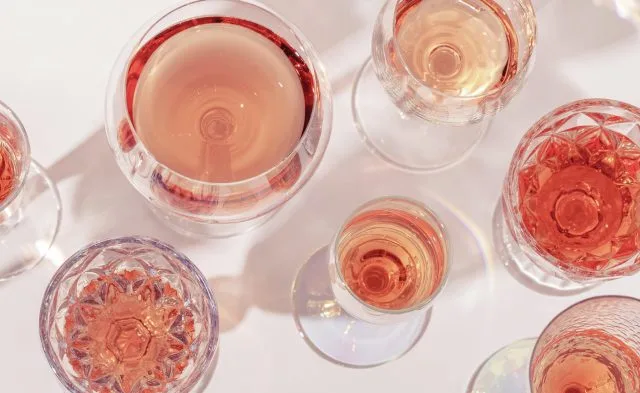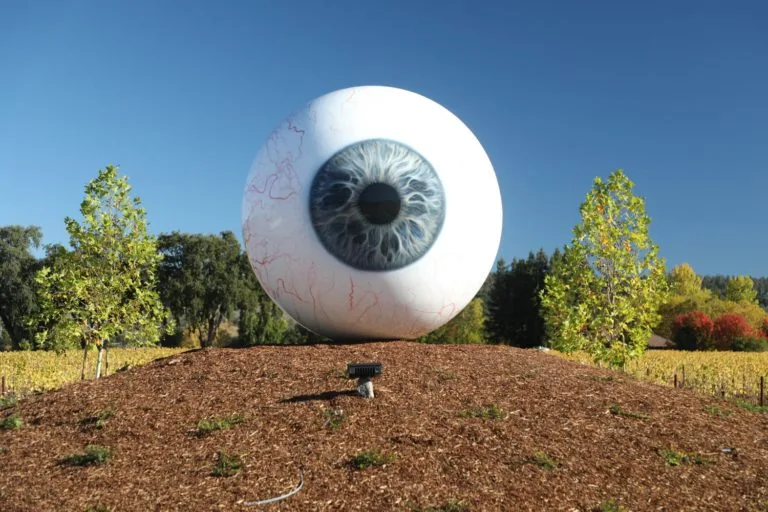You might have thought a wine type as prevalent as rosé would have a precise definition, but there is none – and does that matter?
That was a point of brief discussion at the Fine Rosé Day on 19 June in London – an eye-opening event organised by pink wine specialist Elizabeth Gabay MW and her son Ben Bernheim that drew attention to the wide range of styles on the market today, particularly at the pricier end, where the colours can vary significantly from very pale copper to light ruby. As a result of such diversity, Gabay was asked during a masterclass on the category, entitled ‘There’s more to rosé than pink’, whether there needs to be an official definition for rosé – for instance, a colour-based delineation that could be created by the OIV (International Organisation of Vine and Wine)? The question came following a tasting of a Rosé Des Riceys called La Foret, made by Champagne house Domaine Alexandre Bonnet, which, due to its shade of light ruby (see picture below), appeared closer in appearance to a red wine than what one has come to expect colour-wise from the rosé category – which is a pale salmon pink. Hailing from one of the oldest appellations for rosé wine in the world, this particular example was made by foot treading the grapes (Pinot Noir), followed by a semi-carbonic maceration, and then a fermentation that was stopped when it is around 75% complete, at which point the juice is drained
This Article was originally published on The Drink Business - Wine






